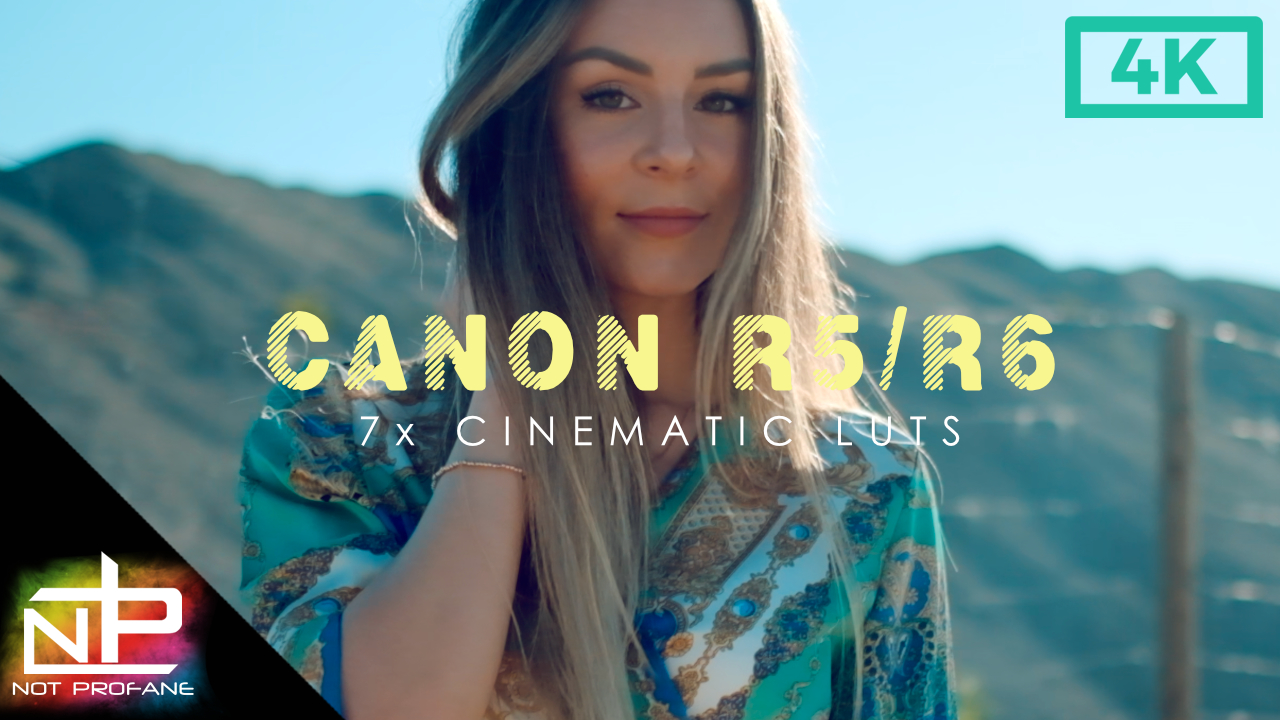
Don't feel that you're forced to use a technical LUT if you don't want to-it's totally okay to just calibrate your display to Rec709 and manually grade the footage so it looks good to your eye. In any case, if you're able to make the clip look good on your external monitor, then you should be able to use some kind of curves adjustment in Premiere to match that look. You're evidently using an external monitor that allows you to inject a LUT, so there's an opportunity to connect that monitor to your computer to identify whether the difference comes down to different display calibrations or a Premiere configuration or some other factor. It sounds like you're happy with a set of adjustments when you were shooting, but somehow what should have been the same pipeline in your computer has resulted in a much darker image.

I feel like this is the core problem that you need to address and debug. When I use the same conversion LUT on the footage, it ends up looking nothing like it did in the monitor. I used the c-log to rec709 LUT from canon in my monitor while shooting Easier said then done it seems when shooting LOG. I know it’s a complicated topic but I’m just trying to understand the best workflow for lighting and exposing my scene for the highest dynamic range and most accurate image. However Canon recommends putting middle grey at 32% which would put the exposure just about where it ended up in my footage. I know in general, many people suggest OVER exposing LOG footage. It totally crushes the blacks and makes a gross looking image so I can only assume it’s not working as intended. When I bring in the footage to Premiere, most of the clips look underexposed. I used a light meter to decide exposure but used the LUT in monitor to get an idea of finished image. I used the c-log to rec709 LUT from canon in my monitor while shooting.
Canon r5 rec 709 lut how to#
This not only provides extended recorded times for long form productions or recording events, but gives you the added security of always having a back-up to your camera recording.Trying to understand how to properly shoot and grade 10-bit C-log. SSD media also provides more GB per $ than camera media cards. A core principle of Atomos devices is to provide much more flexibility in terms of recording codec, resolution, and frame rate than is normally available with internal recording. In premiere When I use the same conversion LUT on the footage, it ends up looking nothing like it. Using the correct LUT: (BT709CanonLog-to-BT709WideDR33FFVer.2.0.cube) NutDestroyer 3 yr.
Canon r5 rec 709 lut pro#
With Ninja V the only limitation to how much you can record is the size of the SSD. Premiere Pro - as I understand rec709 is the default. Alongside SSDmini we also qualify a range of 2.5-inch SSDs that can be used in conjunction with the MasterCaddy III which are required when using the ATOMOS CONNECT. There is an optional SSDmini adaptor that allows CFAST II cards to be used, enabling you to recycle older media cards or align with your camera media. Measuring 8cm long, 7.5cm wide and weighing as little as 88g, the custom-built drive neatly fits into the Ninja V without impacting the overall footprint of the device. The AtomX SSDmini drives are able to record up to 150 minutes of 4K ProRes. They support up to 4TB storage, sequential read speeds of up to 550MB/s and write speeds up to 500MB/s. AtomX SSDmini drives are more compact than standard SATA SSDs and offer an affordable alternative to an SD card of similar capacity or performance.

Ninja V supports removable SSD drives which provide the space and sustained performance to meet these needs. The ability to record up to 6K using advanced edit-ready formats including ProRes RAW, ProRes, and DNxHD/HR requires fast, robust, and expansive storage.

Canon r5 rec 709 lut install#
Optional via ATOMOS CONNECT or AtomX SDI modules How to install the official Canon LUT to Adobe Premiere Pro.This is for people who use Canon 5D IV, R, R6, R5, 1DX III, and EOS Cinema cameras.UPDATE:I found. Ninja V is designed to maximize the quality of your videos and allow you to extend every aspect of your creative vision. Additionally, if you’re shooting Log footage, the ability to bypass internal compression will offer the best possible dynamic range. You just need to bypass any input transform for the Clip. Ninja V can record more color information and immediately add value to your production with your existing camera rig. Save the DCTL files in your LUT folder, then load them via the LUT drop down for the Clip (or DaVinci CTL if using Resolve 16 and below). If the camera is able to output video via HDMI, the quality can often be preserved in a 4:2:2 8-bit or 10-bit format. To save space and support longer recordings, many cameras record compressed 4:2:0 8-bit video internally.


 0 kommentar(er)
0 kommentar(er)
